Mastering any game requires more than just understanding the rules; it demands immersive practice. Creating **realistic practice game scenarios** is the key to translating theoretical knowledge into practical skill, boosting your performance when it truly counts. This article explores how to design and implement effective training scenarios that mimic real-game pressures and challenges.
⚠️ Still Using Pen & Paper (or a Chalkboard)?! ⚠️
Step into the future! The Dart Counter App handles all the scoring, suggests checkouts, and tracks your stats automatically. It's easier than you think!
Try the Smart Dart Counter App FREE!Ready for an upgrade? Click above!
Why Realistic Practice Game Scenarios Matter
Simply going through the motions during practice isn’t enough. To truly improve, you need to challenge yourself with situations that mirror the intensity, complexity, and unpredictability of actual gameplay. This is where **realistic practice game scenarios** come into play. They bridge the gap between theory and application, allowing you to develop the instincts, reflexes, and decision-making skills necessary for success.
Consider professional athletes – they don’t just run drills endlessly; they participate in simulated games that replicate the pressure and demands of real competitions. Similarly, musicians rehearse entire performances, not just isolated scales. The same principle applies to any skill-based activity – from business negotiations to surgical procedures. Simulation and scenario-based training are crucial for honing expertise.
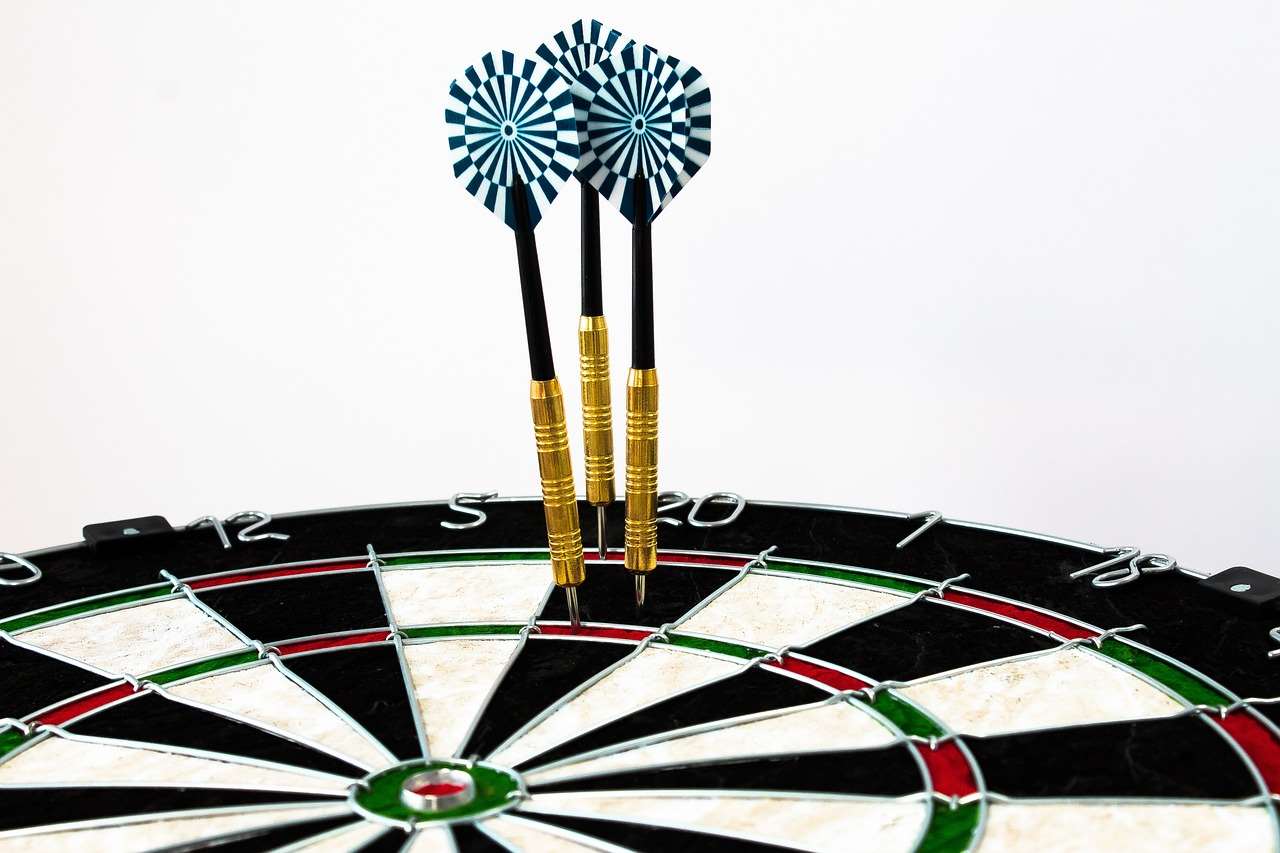
Designing Effective Realistic Practice Game Scenarios
Creating effective **realistic practice game scenarios** requires careful planning and consideration. The goal is to simulate the key elements of the real game, including the environment, the stakes, and the opposing forces.
Key Elements to Consider
- Environment: Recreate the physical setting as closely as possible. This includes the playing field, the lighting, the noise level, and any other relevant sensory factors.
- Stakes: Introduce consequences for success and failure. This could be anything from points and rewards to penalties and setbacks. The higher the stakes, the more closely the practice will resemble the real game.
- Opposing Forces: Ensure that the opposing players or forces are challenging and unpredictable. They should adapt to your strategies and force you to think on your feet. Competition is a vital aspect of making practice realistic.
- Rules: Adhere to the official rules of the game, but don’t be afraid to introduce variations or modifications to focus on specific skills or weaknesses.
- Time Constraints: Impose time limits to create a sense of urgency and pressure.
By carefully considering these elements, you can create **practice game scenarios** that are both challenging and engaging.
Example: Dart Training Scenarios
To illustrate, let’s consider how to design **realistic practice game scenarios** for darts. Instead of just throwing aimlessly, try these:
- The ‘Comeback Kid’: Start with a low score (e.g., 50 points) and your opponent (real or imagined) at a much higher score (e.g., 400). The goal is to catch up and win, simulating the pressure of playing from behind. This helps improve focus and accuracy under pressure.
- The ‘Checkout Challenge’: Randomly generate a challenging checkout number (e.g., 117, 83) and attempt to finish it within a limited number of darts. This enhances your checkout strategy and precision. You can learn more about Darts Variants Fun Games and adapt some of their rules to your practice.
- The ‘Triple Trouble’: Focus solely on hitting triples for a set period. This improves your accuracy and consistency on the most rewarding targets.
- Simulated Match Play: Play a full game against an opponent, recording your scores and analyzing your performance afterward. This provides valuable feedback on your strengths and weaknesses.
These are just a few examples, but they illustrate the principle of creating **practice scenarios** that mimic the challenges of real darts matches.
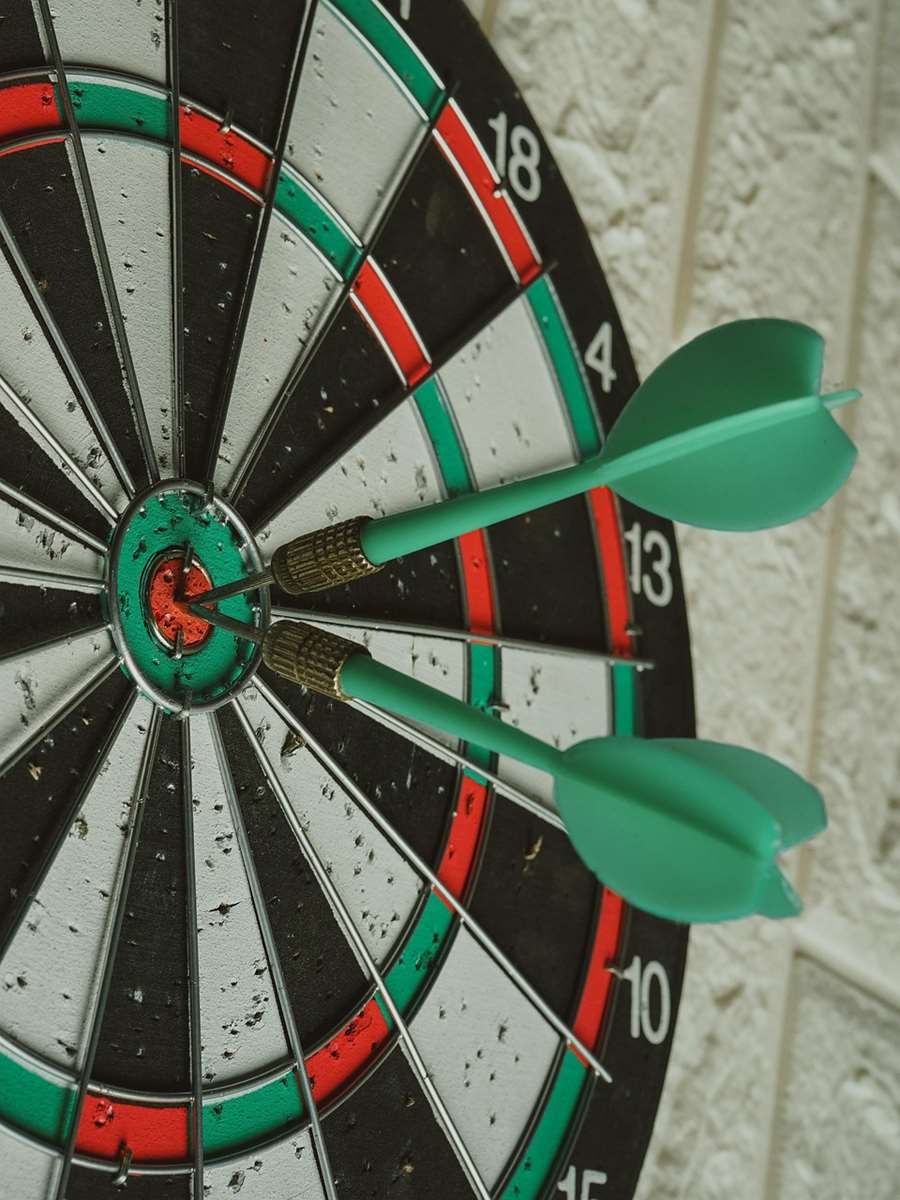
Maximizing the Effectiveness of Your Practice
Designing **realistic practice game scenarios** is only the first step. To truly maximize their effectiveness, you need to approach them with the right mindset and strategies. Here are some tips:
- Commit to the Scenario: Treat the practice game as if it were a real competition. Give it your full attention and effort, and resist the temptation to take shortcuts or slack off.
- Record and Analyze Your Performance: Keep track of your scores, your mistakes, and your successes. Analyze your performance to identify areas for improvement and track your progress over time.
- Seek Feedback: Ask for feedback from coaches, mentors, or fellow players. They can provide valuable insights that you may have missed.
- Adjust the Difficulty: As you improve, gradually increase the difficulty of the **practice scenarios** to continue challenging yourself. This could involve increasing the stakes, reducing the time limits, or introducing new challenges.
- Vary Your Practice: Don’t rely on the same **practice scenarios** all the time. Introduce variety to keep your practice fresh and engaging and to prevent yourself from becoming complacent. For example, try exploring historical dart game variations for new ideas.
Remember, the goal is not just to go through the motions, but to actively learn and improve with each practice session. The more you invest in your practice, the greater the returns will be.
Adapting Scenarios to Different Skill Levels
**Realistic practice game scenarios** should be tailored to the skill level of the participant. What’s challenging for a beginner might be trivial for an expert, and vice versa. Therefore, it’s important to adjust the difficulty and complexity of the scenarios accordingly.
Beginner-Level Scenarios
For beginners, the focus should be on mastering the fundamentals and building a solid foundation. **Practice scenarios** should be simple and straightforward, with clear objectives and minimal distractions. For example, in darts, a beginner-level scenario might involve simply practicing hitting the bullseye repeatedly. You could use a beginner board that is oversized, and only focus on the bullseye ancient dart throwing games used similar, simpler methods.
Intermediate-Level Scenarios
For intermediate players, the focus should be on developing more advanced skills and strategies. **Practice scenarios** should be more challenging and complex, with greater emphasis on decision-making and problem-solving. For example, in darts, an intermediate-level scenario might involve practicing checkouts from various distances or playing against a simulated opponent with varying skill levels.
Advanced-Level Scenarios
For advanced players, the focus should be on honing their skills to peak performance and preparing for high-pressure situations. **Practice scenarios** should be highly realistic and demanding, simulating the intensity and unpredictability of real competitions. For example, in darts, an advanced-level scenario might involve playing a simulated tournament against a field of top-ranked players.
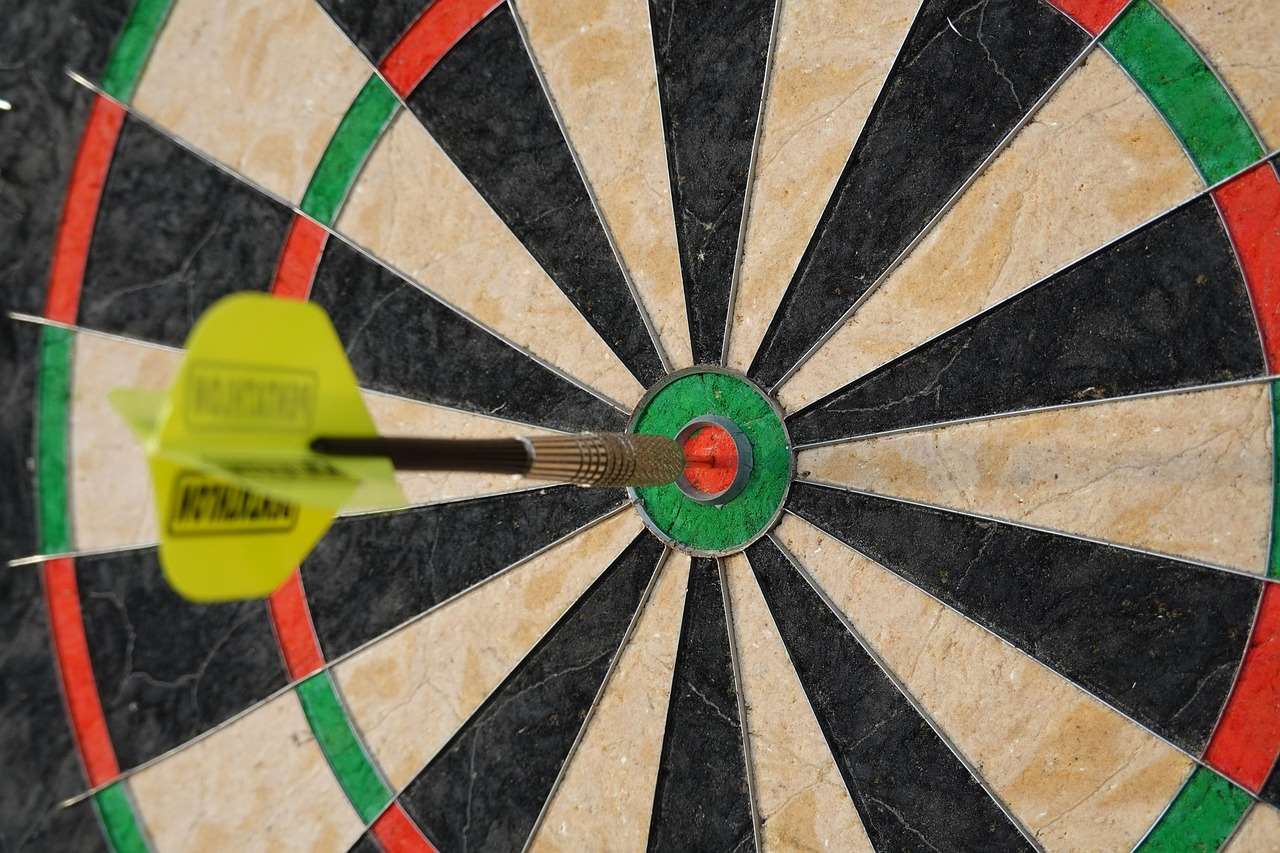
Leveraging Technology for Enhanced Realism
Technology can play a significant role in enhancing the realism and effectiveness of **practice game scenarios**. Virtual reality (VR), augmented reality (AR), and other technologies can create immersive and interactive training environments that closely resemble the real world.
Virtual Reality (VR)
VR can be used to create fully immersive **practice scenarios** that transport the user to a simulated environment. This can be particularly useful for sports that involve complex movements or spatial awareness, such as golf, tennis, or basketball. For example, a VR golf simulator can recreate the experience of playing on a real golf course, complete with realistic terrain, wind conditions, and ball physics.
Augmented Reality (AR)
AR can be used to overlay digital information onto the real world, providing users with real-time feedback and guidance. This can be particularly useful for training skills that require precision and accuracy, such as surgery or manufacturing. For example, an AR app could overlay a virtual guide onto a surgical mannequin, providing surgeons with step-by-step instructions and feedback on their technique.
Data Analytics
Data analytics can be used to track and analyze performance in **practice scenarios**, providing valuable insights into strengths and weaknesses. This data can be used to personalize training programs and optimize performance. For example, a sports analytics platform could track a basketball player’s shooting percentage from various locations on the court, providing them with insights into where they excel and where they need to improve.
Avoiding Common Pitfalls in Scenario Design
While **realistic practice game scenarios** can be incredibly beneficial, there are also some common pitfalls to avoid. Here are a few things to keep in mind:
- Overly Complex Scenarios: Don’t try to cram too much into a single scenario. Keep it focused and manageable, especially for beginners.
- Unrealistic Scenarios: Ensure that the scenario is grounded in reality and reflects the actual challenges of the game. Avoid creating situations that are contrived or artificial.
- Lack of Feedback: Provide clear and timely feedback on performance. This is essential for learning and improvement.
- Ignoring Individual Differences: Tailor the scenarios to the individual’s skill level, learning style, and goals. Don’t use a one-size-fits-all approach.
- Neglecting Mental Preparation: Don’t forget to address the mental aspects of the game, such as focus, confidence, and stress management. Incorporate techniques for managing pressure and staying calm under pressure.
By avoiding these pitfalls, you can ensure that your **practice game scenarios** are effective and beneficial.
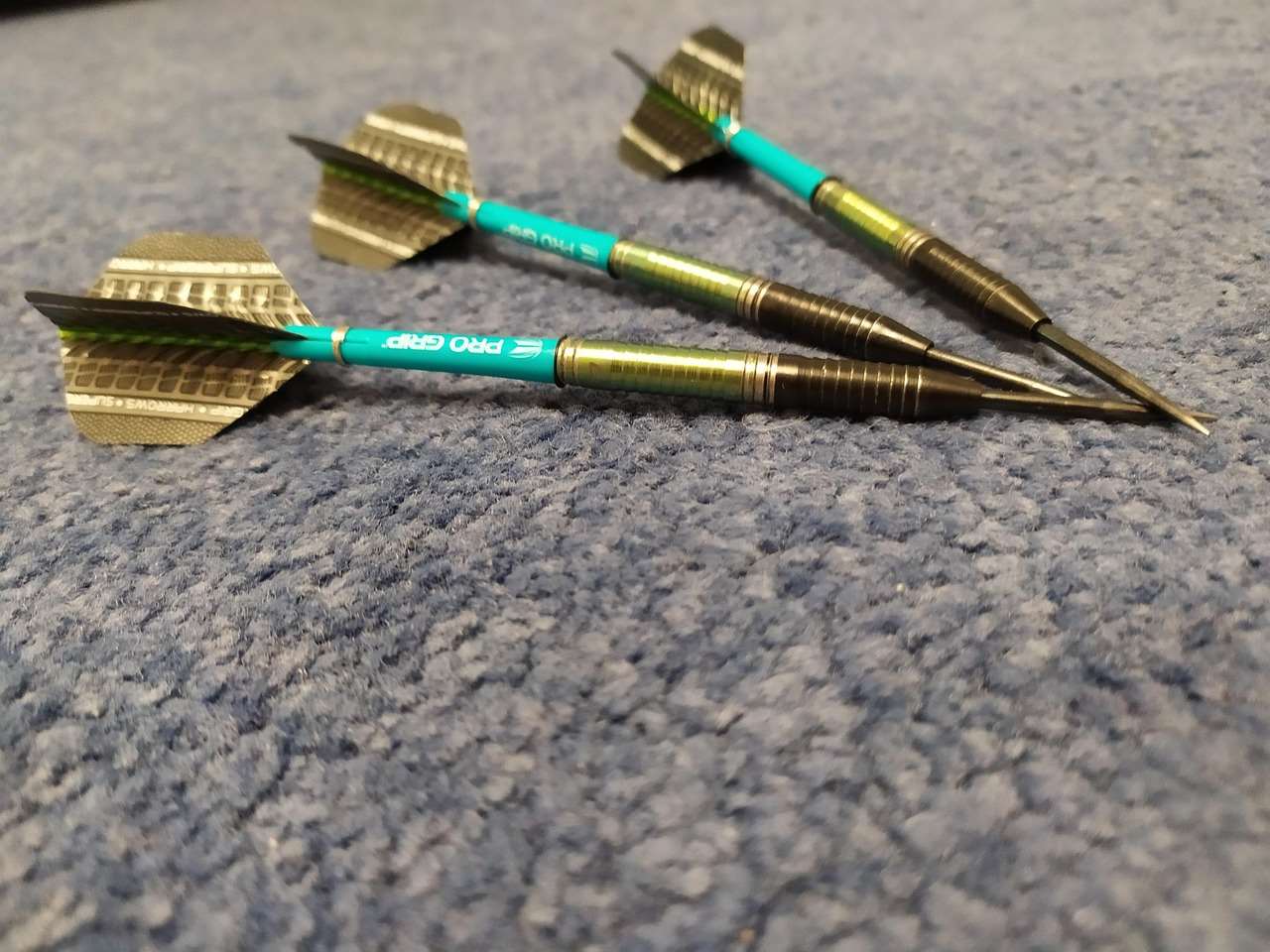
Implementing Realistic Practice Game Scenarios in Team Settings
When training a team, designing **realistic practice game scenarios** becomes even more crucial, and it requires a different approach than individual training. The focus shifts towards simulating team dynamics, communication, and coordination.
Focus on Communication
Team **practice scenarios** should heavily emphasize communication. Drills should be designed to force players to communicate effectively under pressure. This includes verbal and non-verbal communication, as well as clear roles and responsibilities. You may find interesting ideas for coordination in forgotten pub dart games.
Simulating Team Dynamics
Create scenarios that mimic real-game team dynamics. This could involve simulating different formations, strategies, and player rotations. The goal is to build chemistry and trust among team members.
Stress Testing Strategies
Use **practice scenarios** to “stress test” different team strategies. See how the team responds to unexpected challenges, such as a key player getting injured or a sudden change in the opponent’s tactics. This helps the team develop resilience and adaptability.
Leadership Development
Rotate leadership roles during **practice scenarios** to give different team members the opportunity to lead and make decisions. This fosters leadership skills and empowers team members to take ownership of their roles.
Measuring the Impact of Realistic Practice Game Scenarios
It’s important to measure the impact of **realistic practice game scenarios** to ensure that they are actually improving performance. Here are some key metrics to track:
- Performance Metrics: Track relevant performance metrics, such as scores, completion rates, and error rates.
- Skill Improvement: Assess the development of specific skills that are targeted by the **practice scenarios**.
- Decision-Making Speed and Accuracy: Measure how quickly and accurately participants make decisions under pressure.
- Confidence Levels: Gauge the confidence levels of participants before and after training.
- Real-Game Performance: Monitor performance in actual games or competitions to see if the training is translating into real-world improvements.
By tracking these metrics, you can gain valuable insights into the effectiveness of your **practice scenarios** and make adjustments as needed.
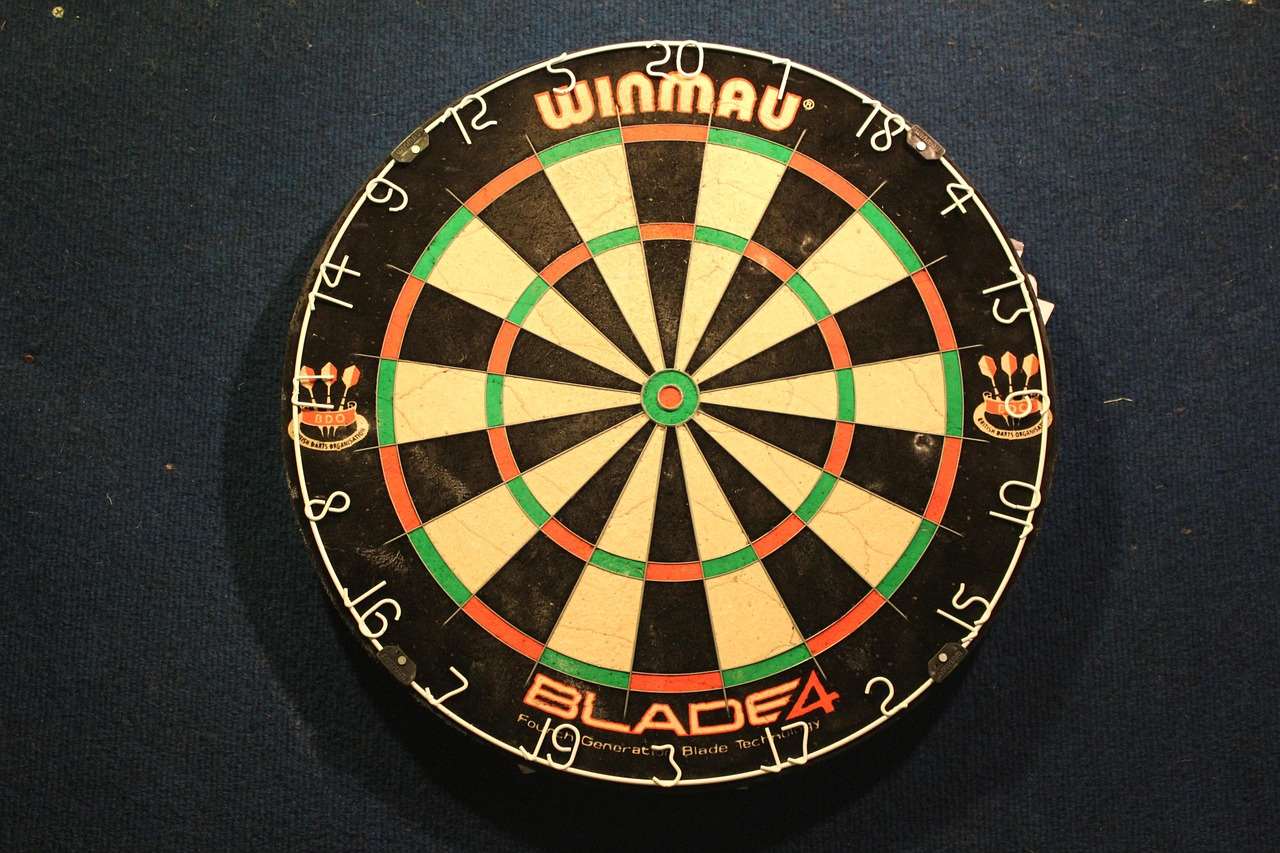
Conclusion
Incorporating **realistic practice game scenarios** into your training regimen is a powerful way to accelerate your skill development and improve your performance. By carefully designing scenarios that mimic the challenges and pressures of real gameplay, you can develop the instincts, reflexes, and decision-making skills necessary for success. Remember to tailor the scenarios to your skill level, leverage technology to enhance realism, and measure the impact of your training to ensure that it is actually paying off. Start implementing these strategies today and watch your game reach new heights!
Ready to elevate your game? Explore ways to implement these strategies in your next practice session.
Hi, I’m Dieter, and I created Dartcounter (Dartcounterapp.com). My motivation wasn’t being a darts expert – quite the opposite! When I first started playing, I loved the game but found keeping accurate scores and tracking stats difficult and distracting.
I figured I couldn’t be the only one struggling with this. So, I decided to build a solution: an easy-to-use application that everyone, no matter their experience level, could use to manage scoring effortlessly.
My goal for Dartcounter was simple: let the app handle the numbers – the scoring, the averages, the stats, even checkout suggestions – so players could focus purely on their throw and enjoying the game. It began as a way to solve my own beginner’s problem, and I’m thrilled it has grown into a helpful tool for the wider darts community.